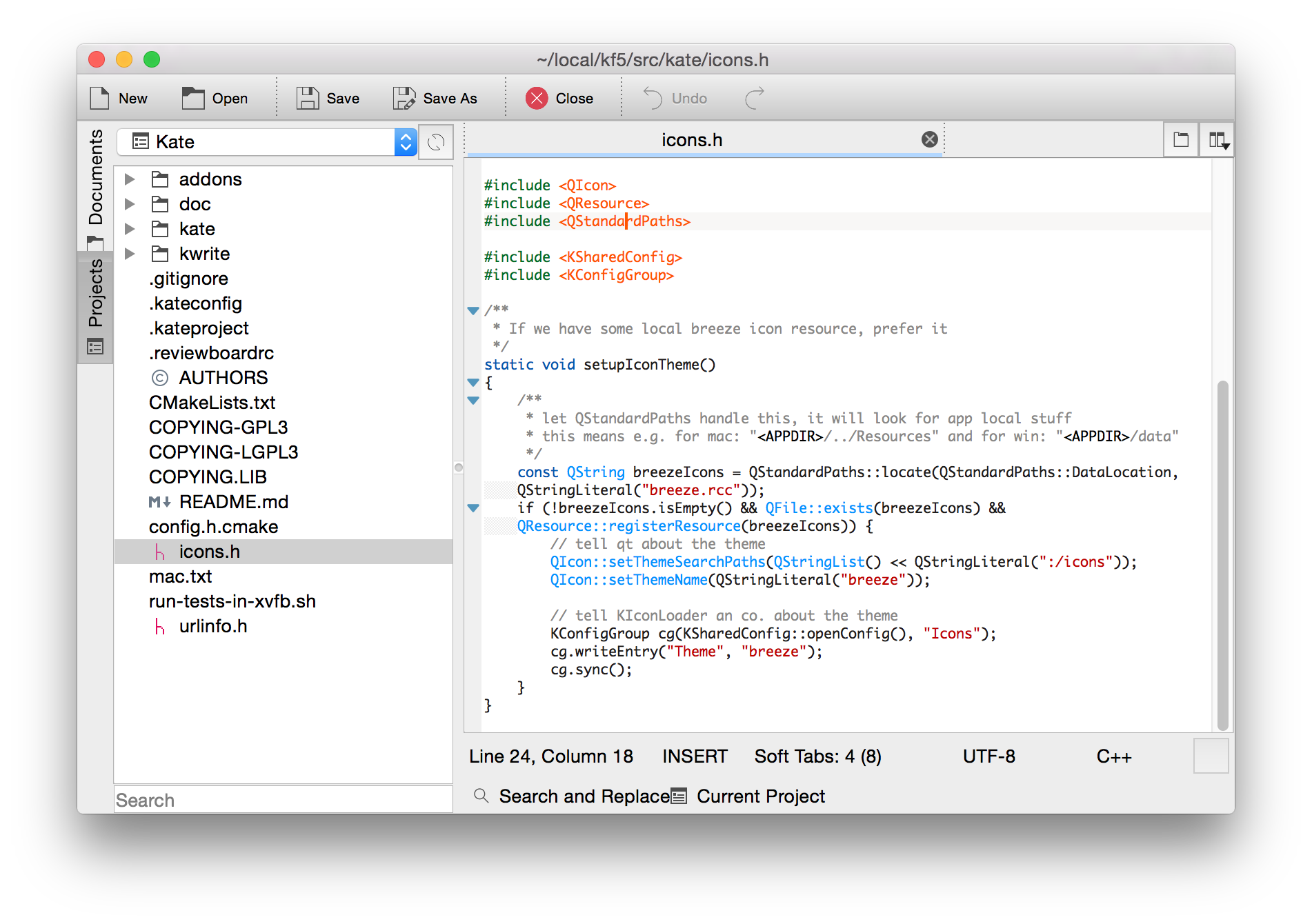Script Editor Dmg
Online Video, TV & Film Production Management Software and Screenwriting. Manage cast and crew, create and share call sheets, script breakdown sheets. Add/Delete/Modify files within a Disk Image (.dmg)? Ask Question. This X is the same if you write files in DMG and re-encrypt it and if you only read files by decrypting using the same key that you enter once in both cases. Keep in mind that while disk is mounted, readonly or not, it can be accessed by any software like normal folder. Please note that the Script Editor and other AppleScript tools are covered in detail elsewhere in this book. Our First Script. You’ll begin the process of learning AppleScript by writing a series a simple script commands in the form of a “tell statements.” A tell statement is a single line script beginning with the verb: tell. Nov 11, 2008 This update installs the latest assistance content for the Microsoft Script Editor Help file that is included with the 2007 Office System. This update installs the latest assistance content for the Microsoft Script Editor Help file that is included with the 2007 Office System. This is an action script that allows you to quickly peek into the content of a selected Finder item without having to open the file. (download link) 4. This is an action script that allows you to create a birthday calendar based on the contacts in your Address Book.
Download macos el capitan dmg. Jul 04, 2019 Download Mac OS X El Capitan 10.11.1 DMG free latest standalone offline setup. The Mac OS X El Capitan 10.11.1 DMG is the twelfth major release of OS X providing different enhancements and many new features.
| Developer(s) | Apple Inc. |
|---|---|
| Stable release | 2.11 / August 18, 2018; 14 months ago[1] |
| Operating system | Classic Mac OS, macOS |
| Type | Source code editor |
| License | Proprietary |
| Website | developer.apple.com/applescript/ |

AppleScript Editor, formerly and more recently known as Script Editor, is a code editor for the AppleScript scripting language, included in classic Mac OS and macOS. AppleScript Editor provides basic debugging capabilities and can save AppleScripts as plain text (.applescript), as a compiled script (.scpt), as a script bundle (.scptd), or as an application (.app). AppleScript Editor also handles script dictionary files, allowing the user to see what scripting classes and commands are available for each scriptable application installed on the computer.
Prior to Mac OS X 10.3, Script Editor was developed using Carbon. 10.3 introduced a new Script Editor written using Cocoa.
History[edit]
AppleScript Editor was known as 'Script Editor' until Mac OS X 10.6. Also, in OS X 10.10 it was renamed back to 'Script Editor', likely because of the introduction of JavaScript for Automation.
See also[edit]
References[edit]

- ^'OS X 10.10 Yosemite release date'. Retrieved November 16, 2014.
Script Editor Dmg Windows 10
- ''
- ''
- from random import randint, shuffle, choice
- combatants = []
- enemies = []
- class Player:
- def __init__(self, name, pclass):
- if pclass 'Warrior':
- self.dmg = 10
- self.exp = 0
- players.append(self)
- ''This class will store all npc data''
- self.name = name
- self.hp = 100
- self.expworth = 10
- self.hp = 40
- self.target = None
- enemies.append(self)
- def combat(combatant_list):
- for combatant in combatant_list:
- if combatant in players and combatant.target None and enemies != []:
- elif combatant in enemies and combatant.target None and players != []:
- else:
- combatant.target.hp -= dmgdone
- print(f'{combatant.name} did {dmgdone} damage to {combatant.target.name}')
- if combatant.target.hp <= 0 and combatant.target in enemies:
- combatants.remove(combatant.target)
- print(f'{combatant.name} has slain {combatant.target.name}')
- for player in players:
- player.target = None
- elif combatant.target.hp <= 0 and combatant.target in players:
- combatants.remove(combatant.target)
- print(f'{combatant.name} has slain {combatant.target.name}')
- for enemy in enemies:
- enemy.target = None
- Sally = Player('Sally', 'Warrior')
- Goblin2 = Npc('Goblin2', 'gob_warrior')
- while enemies != [] and players != []: #Check to see if either the enemies or players have been vanquished.
- print('You have vanquished evil!')
- print('You have been defeated!')